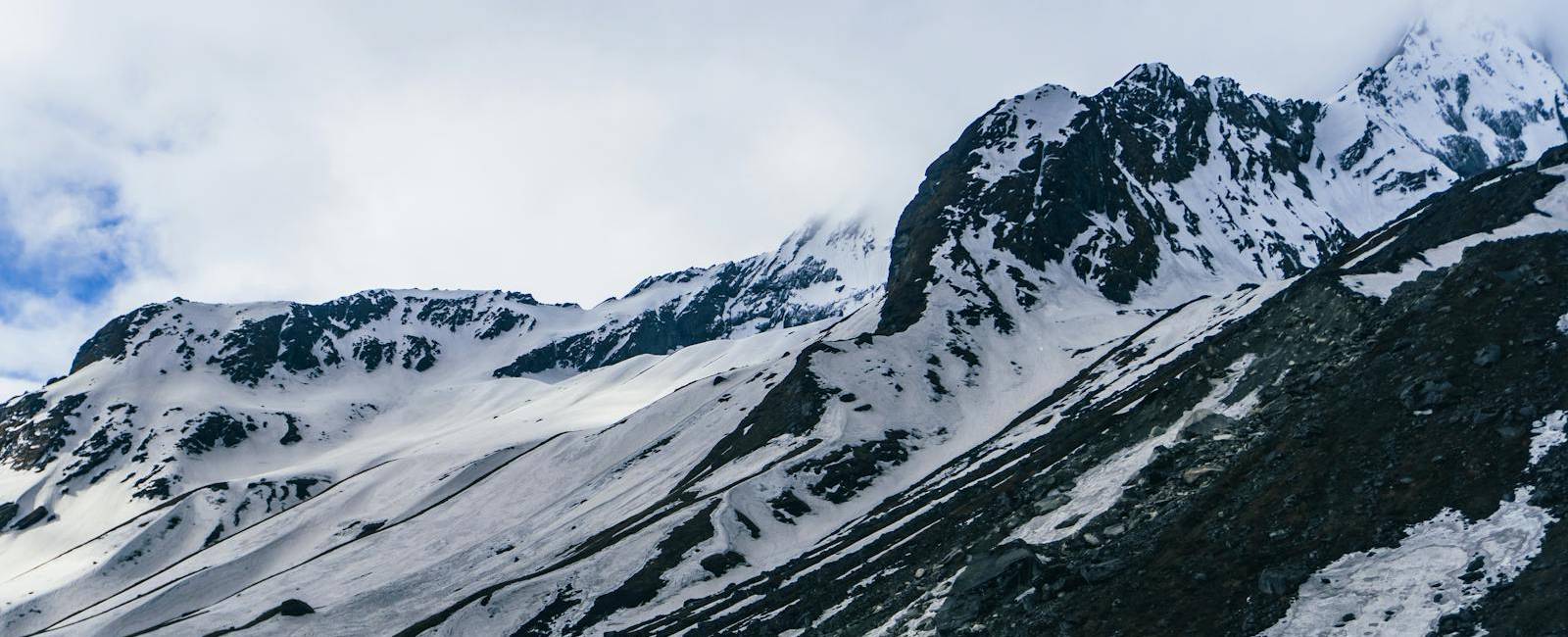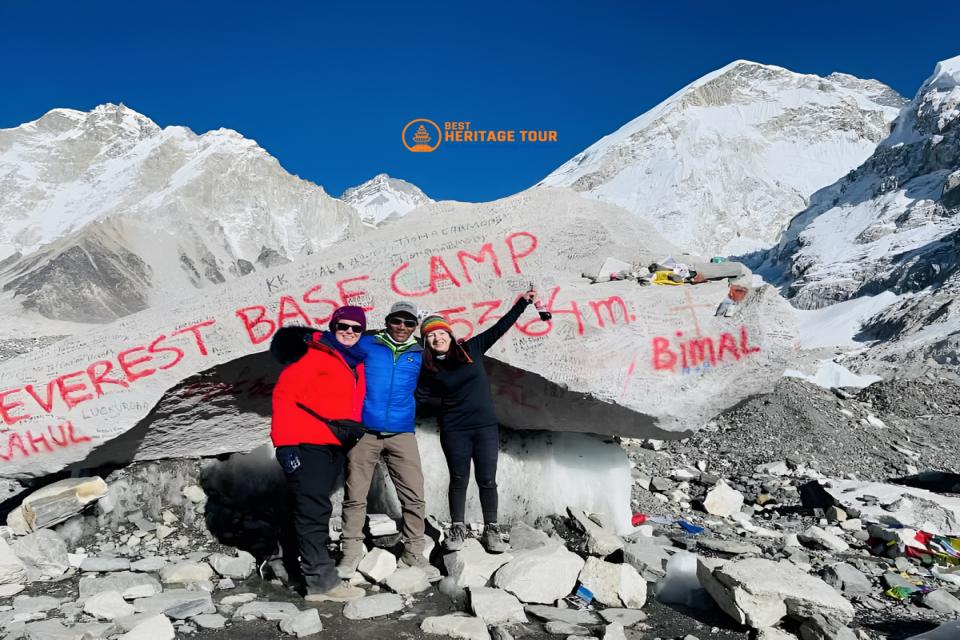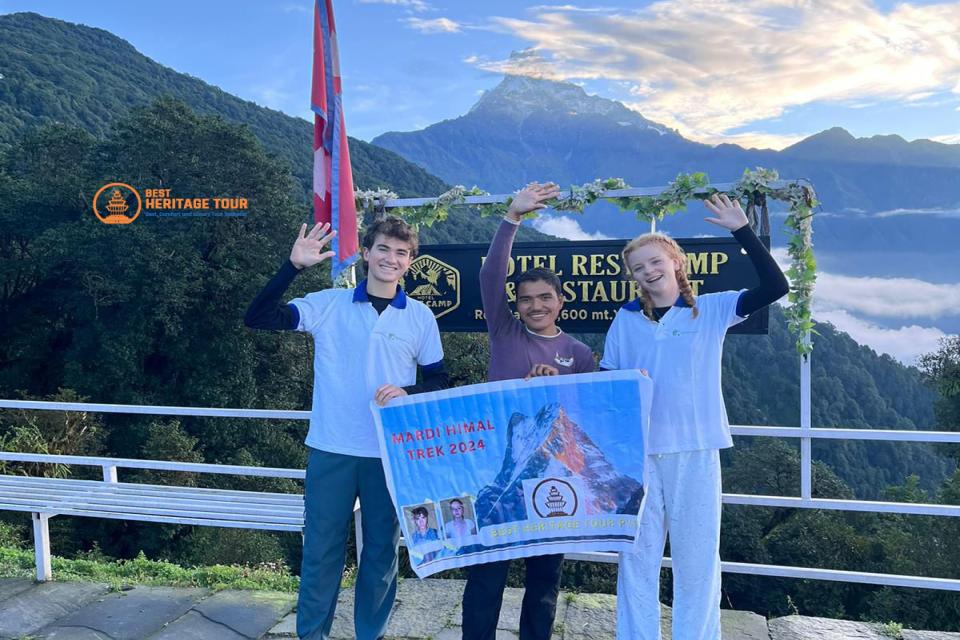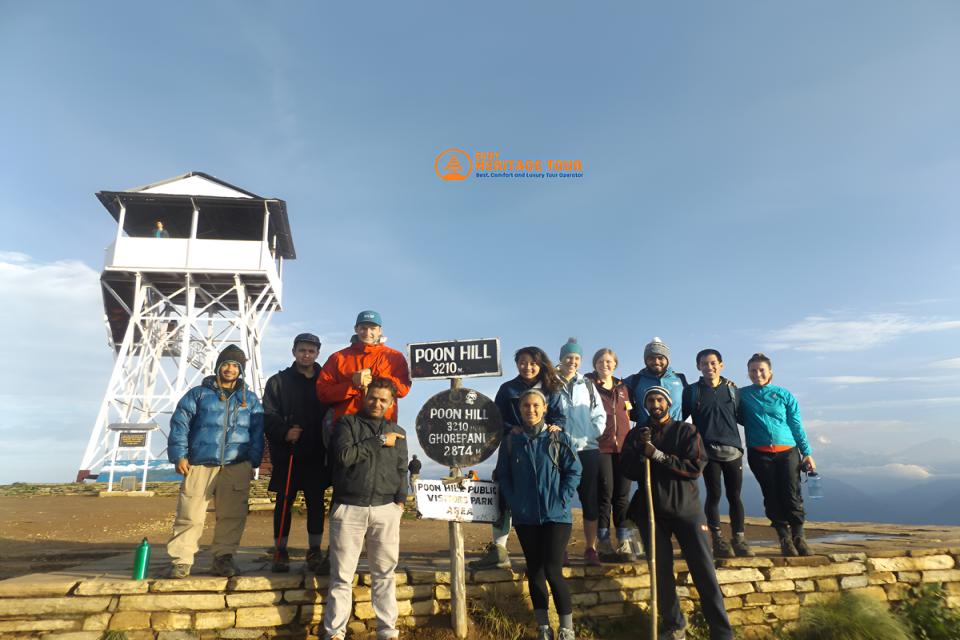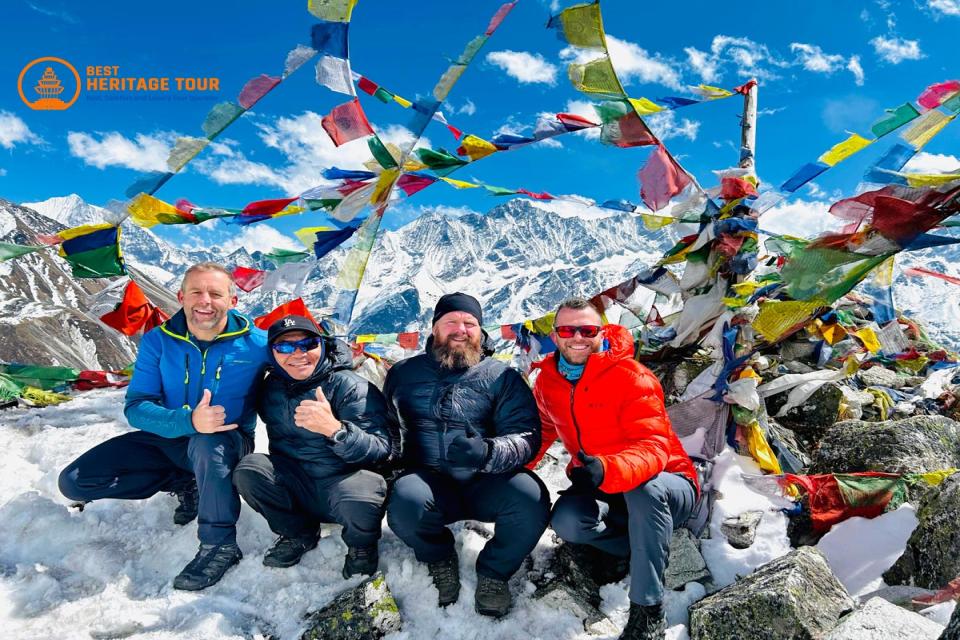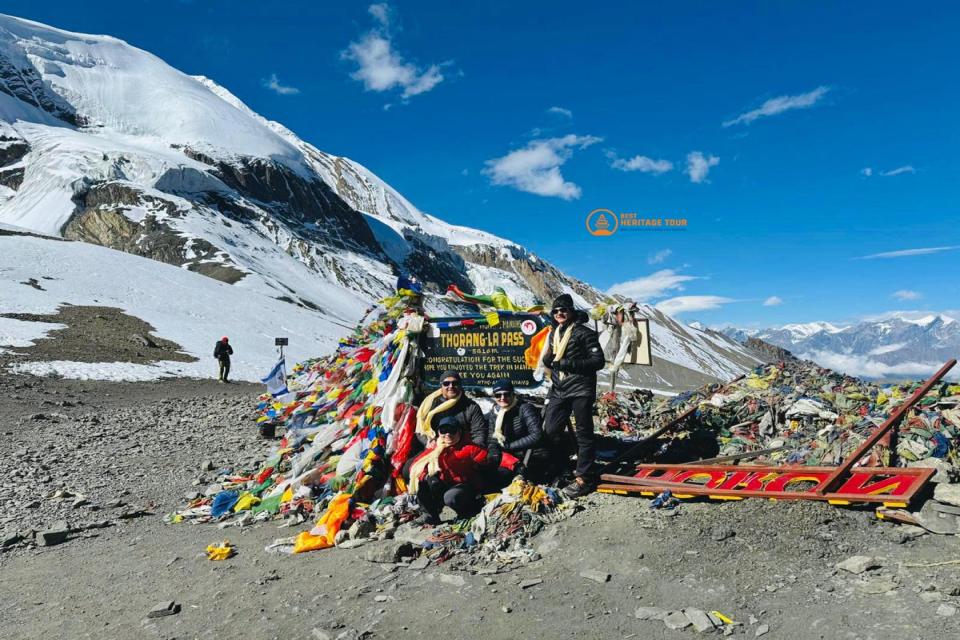Trekking in Nepal is an unforgettable adventure, offering breathtaking Himalayan views, rich cultural experiences, and challenging trails. While preparation often focuses on gear like backpacks, boots, and clothing layers, a well-stocked first aid kit is a critical component for every trekker. Accidents, minor injuries, and sudden illnesses can occur anywhere - from bustling towns to remote high-altitude trails. This raises an important question: “What items should my first aid kit include for trekking in Nepal?”
Even though Best Heritage Tour guides always carry a comprehensive first aid kit, having your own personal kit is highly recommended. It allows you to address your individual medical needs, manage minor injuries immediately, and travel with peace of mind. This guide will cover what every trekking first aid kit should include, tips for choosing items, and safety practices while trekking in Nepal.
Why a Personal First Aid Kit Is Important
While guides and trekking agencies carry essential medical supplies, personal first aid kits offer several advantages:
-
Immediate Access: You can treat minor cuts, blisters, or headaches without waiting for assistance.
-
Tailored to Your Needs: Medications or items specific to allergies, chronic conditions, or personal preferences can be included.
-
Peace of Mind: Being prepared reduces stress during emergencies or unexpected situations.
-
Safety in Remote Areas: Trails like Everest Base Camp or Annapurna Circuit may be far from medical facilities.
Having a personal kit ensures you can handle minor issues independently, complementing the guide’s supplies.
Key Considerations When Preparing a First Aid Kit
Before packing your kit, consider:
-
Trek Duration: Longer treks require more supplies and possibly medications for altitude sickness.
-
Trek Difficulty: Steep trails, rocky paths, or extreme weather conditions increase the likelihood of injuries.
-
Personal Health Needs: Include prescriptions, allergy medications, or supplements you regularly take.
-
Weight and Size: Keep the kit compact and lightweight, easy to carry in your daypack.
Essential First Aid Items for Trekking in Nepal
1. Basic Medications
-
Pain Relievers: Paracetamol or ibuprofen for headaches, muscle aches, or minor injuries.
-
Anti-Inflammatory Medication: Reduces swelling from sprains or strains.
-
Altitude Sickness Medication: Diamox (acetazolamide) can help prevent or reduce symptoms at high altitudes.
-
Allergy Medication: Antihistamines for reactions to insect bites, pollen, or food.
-
Cold, Cough, and Flu Medicine: For sudden weather changes at high altitudes.
-
Antacids: Useful for indigestion or stomach discomfort.
-
Oral Rehydration Salts (ORS): To prevent dehydration, especially at high altitudes.
2. Wound Care
-
Adhesive Bandages (various sizes): For cuts, blisters, and scrapes.
-
Gauze Pads and Medical Tape: To dress larger wounds.
-
Antiseptic Wipes or Solutions: To clean wounds and prevent infection.
-
Antibiotic Ointment: Promotes healing and reduces infection risk.
-
Blister Pads or Moleskin: Essential for preventing and managing blisters on long treks.
3. Support and Injury Management
-
Elastic Bandages: For sprains, strains, or swelling.
-
Finger/Toe Splints: Helpful for minor fractures or joint injuries.
-
Pain Relief Patches or Cold Packs: Relieves localized pain or swelling.
-
Tweezers and Scissors: Useful for splinter removal or cutting bandages.
4. Hygiene and Infection Prevention
-
Hand Sanitizer: Keeps hands clean before treating wounds or eating.
-
Disposable Gloves: Protects both you and others during first aid.
-
Face Masks: Useful in dusty or crowded areas.
-
Antiseptic Spray or Powder: For disinfecting wounds or gear.
5. Eye and Ear Care
-
Eye Wash or Saline Solution: For irritation from dust, wind, or debris.
-
Eye Pads: For protection if eye injury occurs.
-
Ear Plugs: Optional, useful if staying in noisy lodges or tents.
6. Miscellaneous Items
-
Thermometer: For monitoring fever.
-
Medical Information Card: Includes allergies, blood type, and emergency contacts.
-
Safety Pins: For securing bandages or gear.
-
Small Torch or Headlamp: For treating injuries in low-light conditions.
-
Waterproof Bag or Pouch: Keeps first aid items dry during rain or snow.
Specialized Considerations for High-Altitude Trekking
Trekking in Nepal often involves high-altitude trails. Consider adding:
-
Altitude Sickness Medication: As mentioned, Diamox can be critical above 3,000-4,000 meters.
-
Oxygen Tablets or Portable Oxygen: Optional, for emergencies on high passes.
-
Lip Balm with SPF: Prevents chapped lips due to cold and wind.
-
Sunscreen (SPF 50+): Protects against UV exposure at high altitudes.
-
Moisturizer or Barrier Cream: Prevents dry, cracked skin from harsh conditions.
Packing Tips for Your First Aid Kit
-
Use a Lightweight, Durable Bag: A small waterproof pouch or case works best.
-
Organize by Category: Keep medications, wound care, and hygiene items in separate sections.
-
Label Everything: Avoid confusion during emergencies.
-
Check Expiration Dates: Replace expired items before each trek.
-
Carry Enough for the Entire Trek: Never rely solely on local pharmacies in remote regions.
How Best Heritage Tour Supports Your Safety
At Best Heritage Tour, safety is a top priority. Our experienced guides:
-
Always carry a comprehensive first aid kit during treks.
-
Provide support for minor injuries and medical issues along the trail.
-
Advise trekkers on personal first aid kits to complement the guide’s supplies.
-
Offer guidance on altitude sickness, hydration, and health precautions.
Having your own kit ensures your personal needs are addressed while our guides handle general medical safety for the group. This combination guarantees peace of mind and safety on every trek.
Common Trekking Injuries and How a First Aid Kit Helps
-
Blisters: The most common trekking injury. Use moleskin, blister pads, and antiseptic cream.
-
Sprains and Strains: Elastic bandages, cold packs, and pain relievers help manage swelling and discomfort.
-
Cuts and Scrapes: Adhesive bandages, gauze, and antiseptic wipes prevent infection.
-
Altitude Sickness: Medications, hydration, and rest are essential.
-
Minor Illnesses: Cold, cough, diarrhea, or stomach upset can be managed with medications from your kit.
Being prepared allows quick response and minimizes disruption to your trekking experience.
Tips for Using Your First Aid Kit Effectively
-
Know Your Medications: Read labels and understand dosages.
-
Check for Allergies: Ensure no items in the kit trigger allergic reactions.
-
Stay Calm During Emergencies: Properly organized kits help maintain composure.
-
Regularly Restock: Replace used or expired items immediately after each trek.
-
Educate Yourself: Learn basic first aid techniques and wound care procedures.
Conclusion
A well-prepared first aid kit is an indispensable part of trekking in Nepal. From minor cuts and blisters to altitude sickness and sudden illnesses, the right supplies allow you to handle emergencies safely and independently. Even though Best Heritage Tour guides carry a first aid kit, having your personal kit ensures your specific needs are met during every step of the trek.
For professional guidance on trekking safety, gear, and Himalayan adventures, contact Best Heritage Tour:
Phone: +977-9851149197 / +977-9810043046
Email: info@bestheritagetour.com | bestheritagetour@gmail.com
Booking/Info: www.bestheritagetour.com
Office Location: Thamel Marg, Kathmandu, Nepal
Prepare your kit, pack wisely, and trek confidently through Nepal’s majestic landscapes!
Author: Best Heritage Tour
Date: 21st August, 2025

